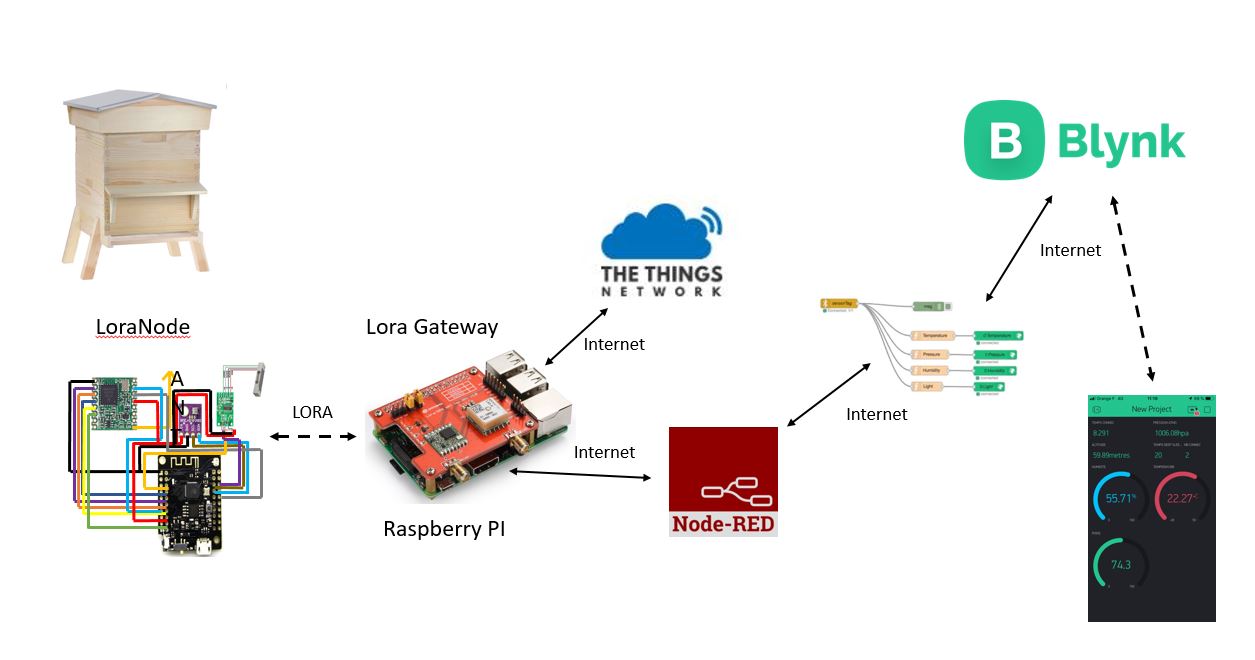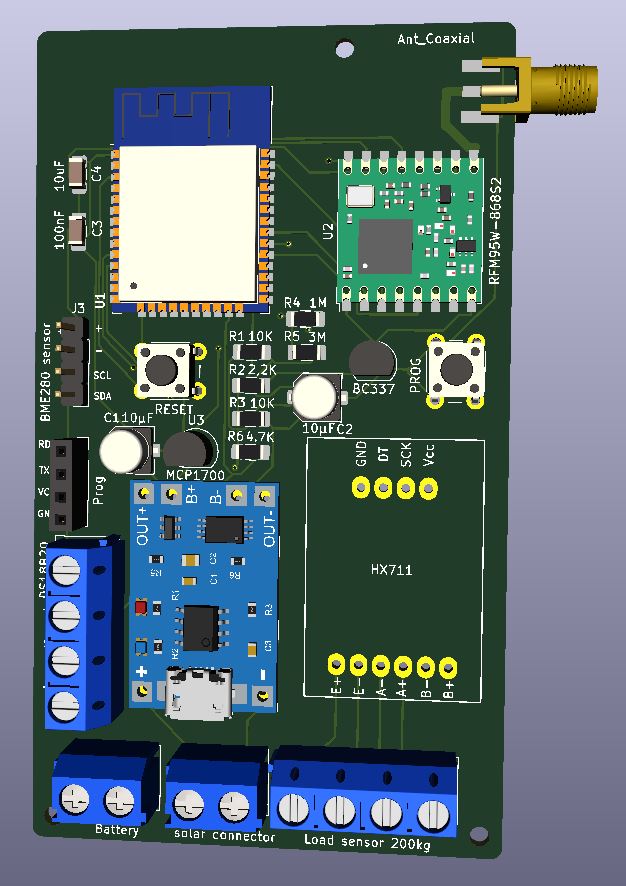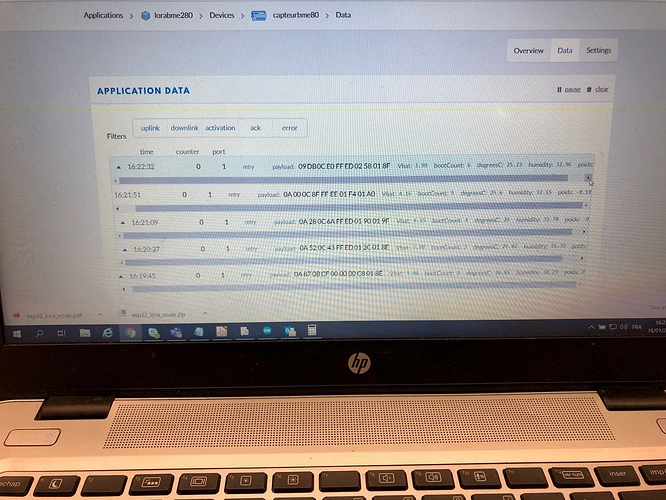Dear Christophe,
Nice to hear. Grafana is really the best thing which could have happened to us while starting to build up our infrastructure.
There are many ways you can approach that. The most basic way would be to forward your measurements directly into a timeseries database like InfluxDB using a respective data flow within your current Node-RED setup. There are probably many examples around the net outlining this.
However, no matter if you want to run the whole system on your own premises or if you want others to rebuild and reuse what you are currently doing there, there’s another option most likely called the Hiveeyes Backend. We built this for this very purpose of making it aspiring newcomers to the topic of beehive monitoring easier to get started on the backend side of things.
Some information around it is scattered between the static documentation and the forum. We already have some pointers to start reading about it. Essentially, looking at the documentation of Kotori is not a bad place to start. Specifically we like MQTT, so I am humbly directing you towards MQTT - Kotori DAQ here. We will sort out more details while we go!
May I also humbly ask you if you plan to publish your design and the firmware using an open source license actually? In that way, it will even be easier for me and others to supply appropriate snippets of code by using regular patches towards it.
Again, I want to emphasize that this kind of integration is not a one-way route: The Hiveeyes Backend can be used by single beekeepers, beekeeper collectives or even larger communities to collect and share their data with each other. While we are running a medium-sized community on https://swarm.hiveeyes.org/ for everone who likes to join us, everything we do is free software and can be reused for any scenario one would like.
So, if you like that, I will be happy to support your endeavor further in that spirit in order to integrate things closer with each other. Saying this, I humbly ask for a bit of patience as I am currently traveling. See you!
With kind regards,
Andreas.







